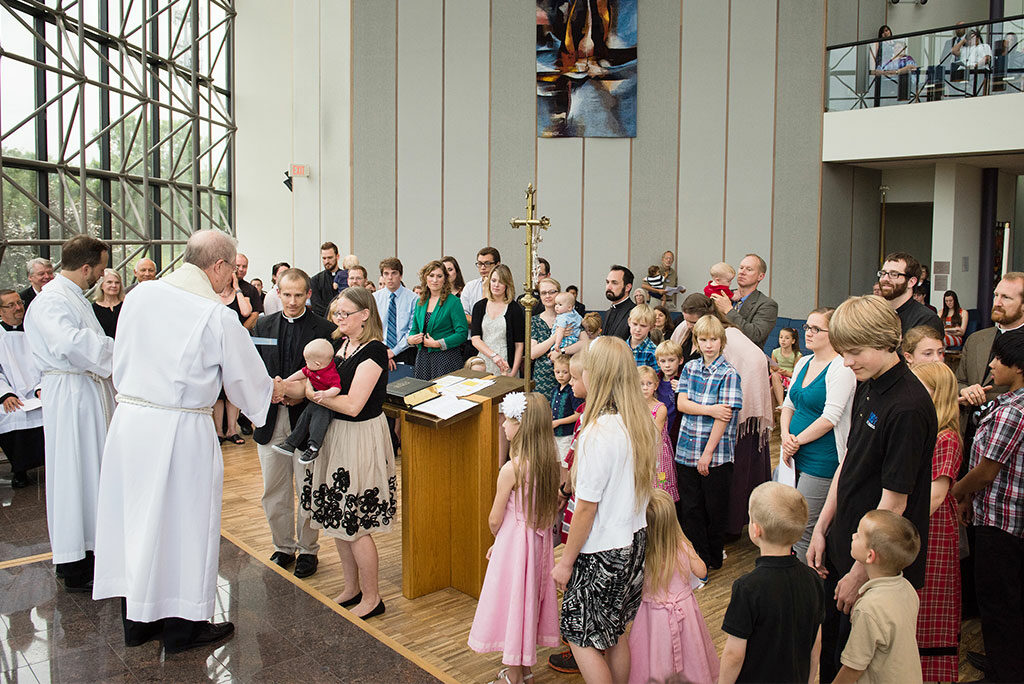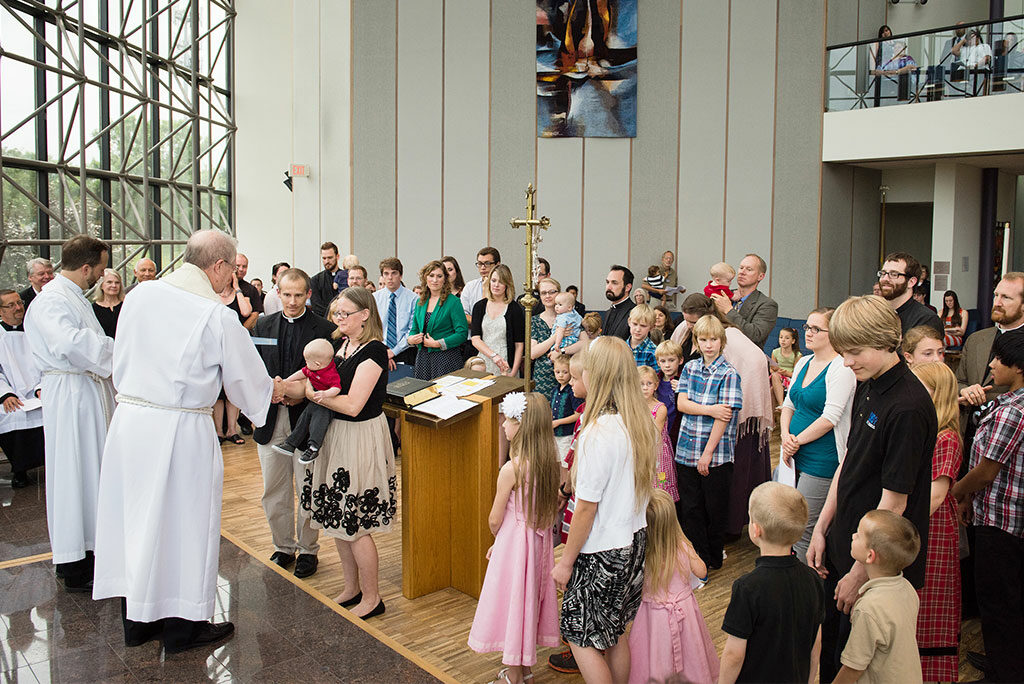
By Pamela J. Nielsen
ST. LOUIS — The Synod’s Board for International Mission concluded its final meeting of the triennium by extending calls and appointments for missionary service across five regions of the world. A total of 22 — men and women, clergy and lay workers — were approved for missionary service at the board’s May 19-20 meeting here.
The missionaries — slated for East and West Africa, Latin America, Eurasia and Asia — will serve as church planters, project managers, teachers, deaconesses and nurses. An additional four candidates, certified by LCMS Ministry to the Armed Forces, were issued calls to serve as military chaplains.
Also during that meeting, board members reflected on their work over the triennium and reviewed the policies they had put in place to ensure that LCMS missionaries are well prepared and cared for — before, during and at the end of their service.
International schools
Steve Winkelman, head of school for Concordia International School Hanoi, in Vietnam, Skyped into the meeting to provide what he termed a “boots on the ground look at LCMS education overseas.”
Winkelman described four types of Lutheran schools to help the board understand the unique features of LCMS international schools.
“Our international schools represent Type D,” said Winkelman, “with more than 60 percent of the students coming from a non-Christian background, and at least 10 percent [of those] active in their own personal religion: Hindu, Buddhist and Muslim.” Winkelman made a case for LCMS international schools with their unique student population that requires a unique approach in teaching the faith.
The students “come to us because they are interested in the academic program, they come for values, to learn English.” He added that parents “come to get their kids in Harvard, and they come because we are one of very few choices [for expatriate and international families].”
“But this enables us to share the love of Christ with them,” said Winkelman, who described a transient student body with students spending on average 2.6 years at his school. “We have to meet them at the level they are. Religious instruction is one-on-one, customized and happens formally and informally, during and outside the school day.”
The board renewed its support and commitment toward the international schools through the LCMS Office of International Mission (OIM).
Bylaw 3.8.3
In his report to the board, OIM Executive Director Rev. John Fale addressed the controversy regarding Synod Bylaw 3.8.3 that recognizes the BIM as the sole sending agency for placing LCMS missionaries onto foreign mission fields.
“I realize we are in a time that we can’t do all the international work out of this office,” said Fale, who referenced the many congregations, districts and other organizations and societies eager to do foreign mission work. “I don’t expect we’ll continue into the future as we always have, but we can’t eliminate 3.8.3 because it would create pandemonium in the field.”
“We’ve never just said no when a district comes to us with a plan [for mission work],” said LCMS President Rev. Dr. Matthew C. Harrison, who continued, “There are certain things we do out of love and good order.”
Looking back, moving forward
The board members — most of whom were elected for six-year terms in 2010 — reviewed policy decisions and the way the board has carried out its business during the past two trienniums.
“To see where the BIM was six years ago and where we are today is breath-taking,” said BIM Chairman Rev. Bernie Seter. “Struggling to try and figure out what restructuring meant at the beginning, we have managed to work with the OIM to fulfill convention resolutions on the number of missionaries. We have policies to care for them and we have a focus on what it means to ‘send’ them as a church. We are learning what it means to deal with partner churches around the world and with the emerging myriad of other Lutheran church bodies desiring the Gospel and the Lutheran Confessions.
“We have an emphasis upon mercy,” Seter added. “We are mercy people because Christ makes us merciful in our baptism, absolution and the Holy Supper.”
Seter noted that the BIM continues to learn what the Scriptures so clearly teach: that the mission is Christ’s, that He begins it and ends it. “It is Christ’s mission and the mission is Christ,” he said.
Deaconess Pamela J. Nielsen (pamela.nielsen@lcms.org) is associate executive director of LCMS Communications
Posted June 7, 2016
